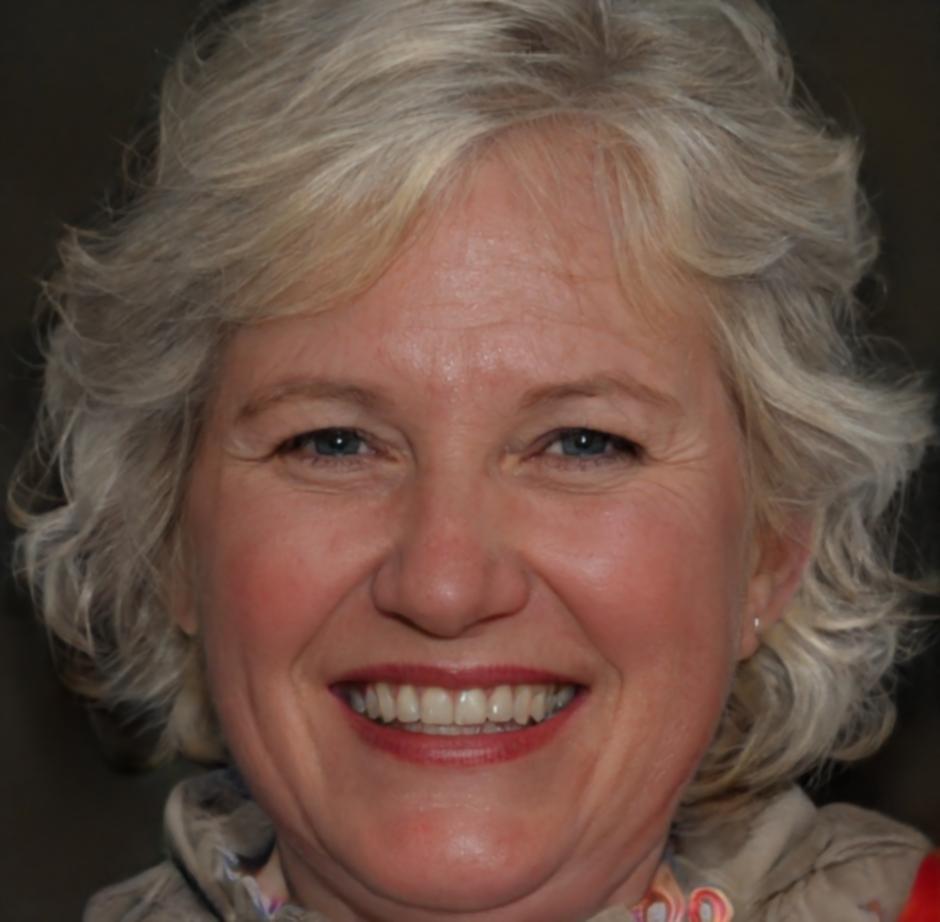Comprehensive Computer Vision Learning Resources
Curated study materials, expert guidance, and hands-on resources designed to help you master computer vision programming at your own pace.
Interactive Learning Materials
We've built our study materials around real projects and practical challenges you'll face in computer vision development. Each resource connects theory with implementation.
- Step-by-step coding tutorials with downloadable datasets
- Interactive Jupyter notebooks for algorithm exploration
- Video walkthroughs of complex OpenCV implementations
- Debugging guides for common computer vision pitfalls
- Project templates for object detection and image classification
Our materials work together as a complete learning system. Start with fundamentals, then dive into specialized topics like neural networks for image processing or real-time video analysis.

Meet Your Learning Guides

Dr. Elena Kowalski
Research Specialist
Elena spent eight years developing medical imaging systems before joining our team. She creates our advanced algorithm tutorials and helps students understand the math behind computer vision techniques.

Astrid Bergström
Industry Applications Developer
Astrid builds computer vision systems for manufacturing and quality control. She designs our practical exercises and project challenges based on real industry problems she's solved.
Your Learning Journey
Our structured approach takes you from basic image processing to advanced computer vision applications. Each phase builds on the previous one with hands-on projects.
Foundation & Image Processing
Master OpenCV basics, image manipulation, and filtering techniques. Work with different image formats and learn about color spaces, histograms, and basic transformations.
Feature Detection & Analysis
Dive into edge detection, corner detection, and feature matching. Build projects that identify and track objects across image sequences using SIFT and SURF algorithms.
Machine Learning Integration
Combine traditional computer vision with machine learning approaches. Train your own classifiers and work with pre-trained models for object recognition tasks.
Advanced Applications
Tackle real-world challenges like real-time video processing, multi-object tracking, and building complete computer vision applications for specific industries.